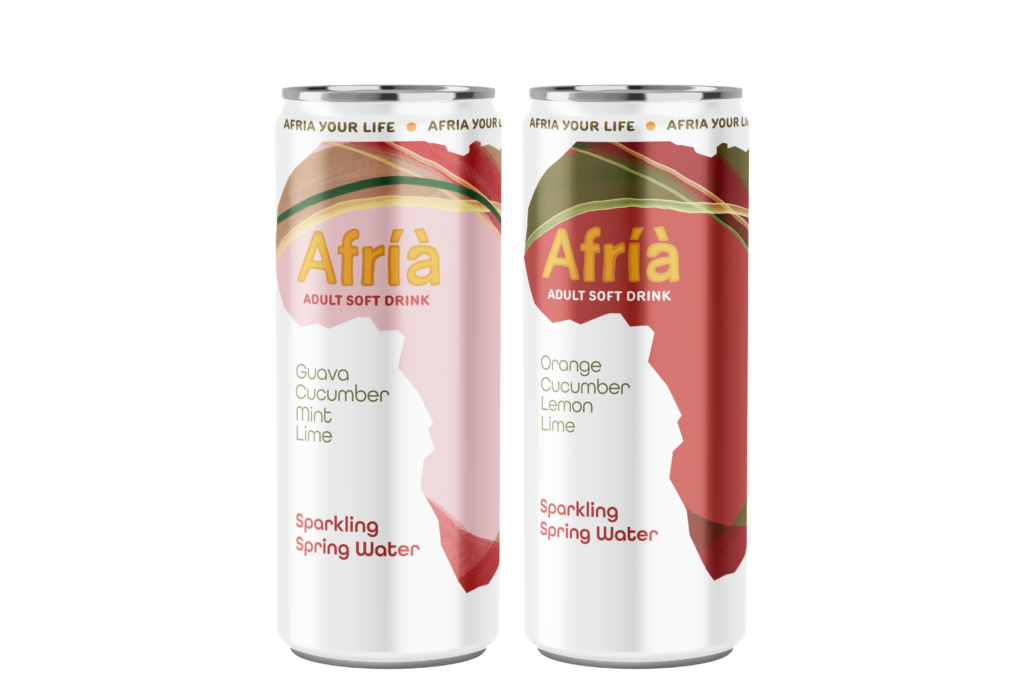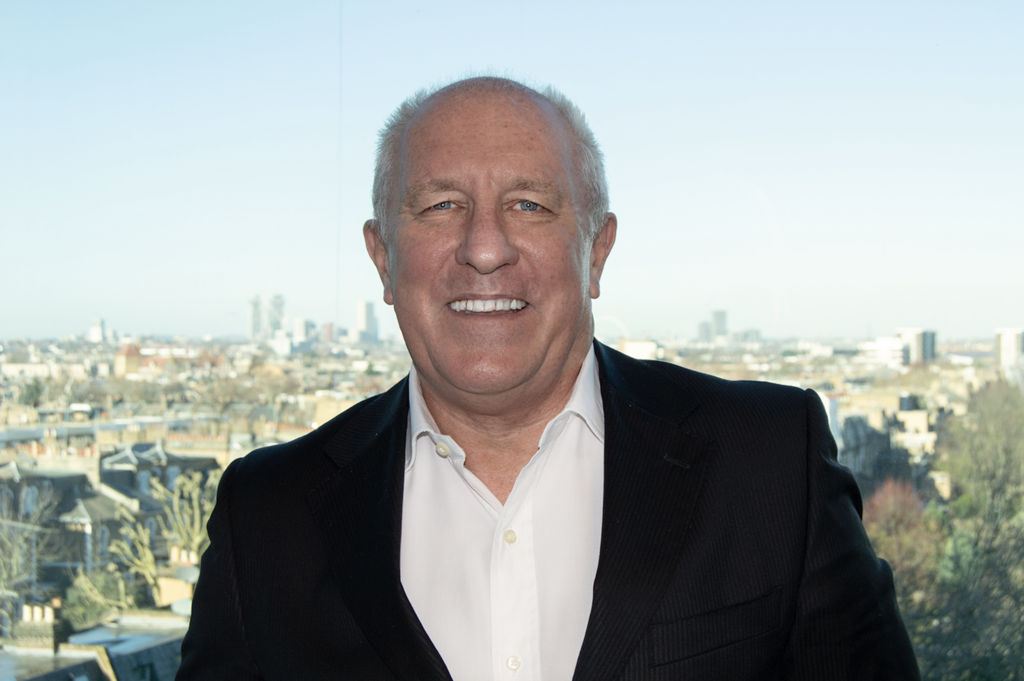Today, I’m honoured to be sharing an insightful and practical post by Richard Horwell, Brand Relations.
Branding plays a huge role in encouraging a first-time purchaser to try your new food or drink product. Indeed, 90% of a first-time purchase is based on it. Banding is why a consumer will make the decision to pick your product over their regular choice of product that they may have been buying for a considerable period of time.
But don’t confuse design with branding. Branding is the message you want to give your target consumer – and that message should be ‘BUY ME’.
Let me share some important tips on how to get your brand message across quickly and powerfully.

Education, education, education
When you first start developing your product you will need to ask yourself a LOT of questions, those questions will be much the same as the ones your target audience will ask. For example: ‘what is unique about this product?’; ‘why is it better than the competition’; ‘should I risk spending money on this untried brand?’; ’does this product offer value for money?’ Your branding needs to answer all these questions.
The MOST expensive word in the Food & Drink category is ‘education’, if you need to take time to educate the consumer, away from the packaging, then you will either spend millions or fail, or both.
The best place to educate your target audience is on your product’s packaging, so your branding needs to be clear and perfect.
Trade buyers and consumers need to understand the product without having you standing there. That’s what the branding is for; to provide instant education.
Help consumers connect with your product
If you are attempting to break new ground with an idea or base ingredient then you need to add something to the mix that the consumer knows.
For example, we have just developed a drink based on the Stinging Nettle called Emunity. To help consumers to try this we’ve added ingredients and flavours they recognise, like gooseberry, cucumber and wild strawberry.
The key is making the messaging easy to understand and include elements that consumers can understand instantly.
Ask the important questions
To get your branding right, you need to ask yourself and others some questions:
1/ Where will this product sell and what brands will sit alongside it? How will my product stand out?
2/ What is my brand message? For example, is it based on health, functionality, spoiling yourself or great taste?
3/ Will my consumer be able to read the messages on the packaging from a distance, without picking it up?
4/ Does my brand look premium enough for the selling price?
5/ Why should a consumer buy my brand instead of their regular choice?
Getting the answers to these questions is the first step to creating brilliant branding.
Make it all about your consumers
Many consumers want to try something different, but that doesn’t mean they have all day to stand around in-store or go online to research every product. They need to be drawn to a brand that relates to them.
So, make sure your message conveys this. Always focus on them, not you.
Point of Difference
In order to have any chance of success in today’s market you must have a point of difference. This should be very clear in your branding and messaging on the packaging.
Think about what makes your brand different. Make a list of these points and then pick the MOST important ones. Highlight these on the packaging. The less important ones still need to be on there, but they can go on areas the consumer will read once they pick the product up.
Think carefully about minimalism
Minimalism has become a trend with many designs jumping on the bandwagon. However, be careful not to be too minimal. Find the right balance between doing too much or too little. You also don’t want to waffle; let your branding do the talking.
For example, FYX is a new collagen drink we’ve been working on. The recipe, branding and messaging has been designed to speak to sports people rather than beauty fans, so the messaging highlights the recovery and muscle repair benefits of collagen. This is delivered in a clean, no-fuss style. Minimalist, but also balanced – so the consumer can quickly understand what the drink is about.
Find a relevant name
Start by researching your chosen brand name and make sure it is RELEVANT to your product and your audience. Be clever with your brand name, find something that is simple but conveys your product’s message, not just a name that sounds cool to you and your family.
For example, we recently worked on the branding of an alcohol-free adaptation of the Chapman cocktail, which originated in Nigeria. The product name, ‘Afria’, was carefully chosen to convey both the drink’s African roots and the alcohol-free content. Whatever you choose, remember this name will be for the life of the brand, so make sure it has longevity.
Your Values
Consumers want brands to be transparent and they want to understand the brand’s heritage and values. Is the product certified to be Vegan, Fairtrade or Organic? Which of these will resonate with your target audience? More recently consumers are looking for certifications like ‘B Corporation’, which commends businesses that give as much consideration to their social and environmental impact as they do to their financial returns.
Wanting to buy from companies with matching values is an opportunity for new, indie brands as established companies can’t adapt quickly.
However tasty or refreshing your product may be, you need to develop brilliant branding. With this in place you’ll connect with your target audience, educates them about your product and quickly draw them into making their first purchase. That way your new product could become the next big thing.
ABOUT THE AUTHOR
Richard Horwell is the owner of Brand Relations, a specialist food and drink marketing and branding company based in London. Over the last 13 years, Brand Relations has been behind the launch and development of over 100 brands in the UK. Richard has also built up and sold companies of his own in the Food and Beverage sector. He has over 30 years’ experience in marketing FMCG brands around the world, having lived and worked in the UK, USA, Australia and the Middle East.
https://www.linkedin.com/company/brand-relations-ltd/
https://www.instagram.com/brandrelations/

